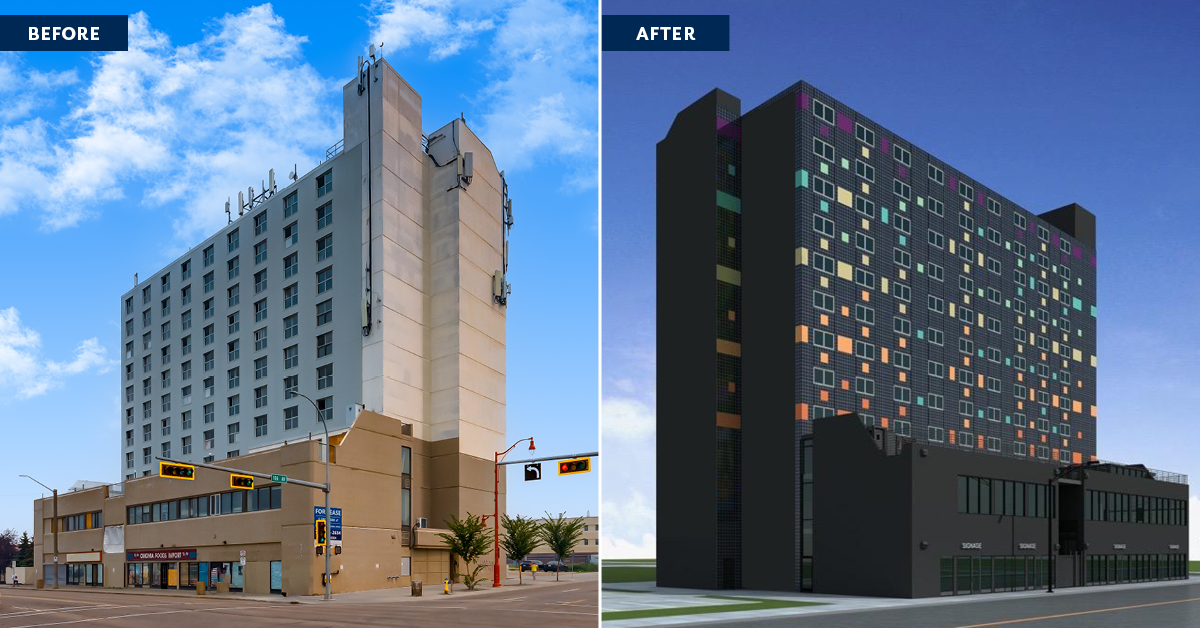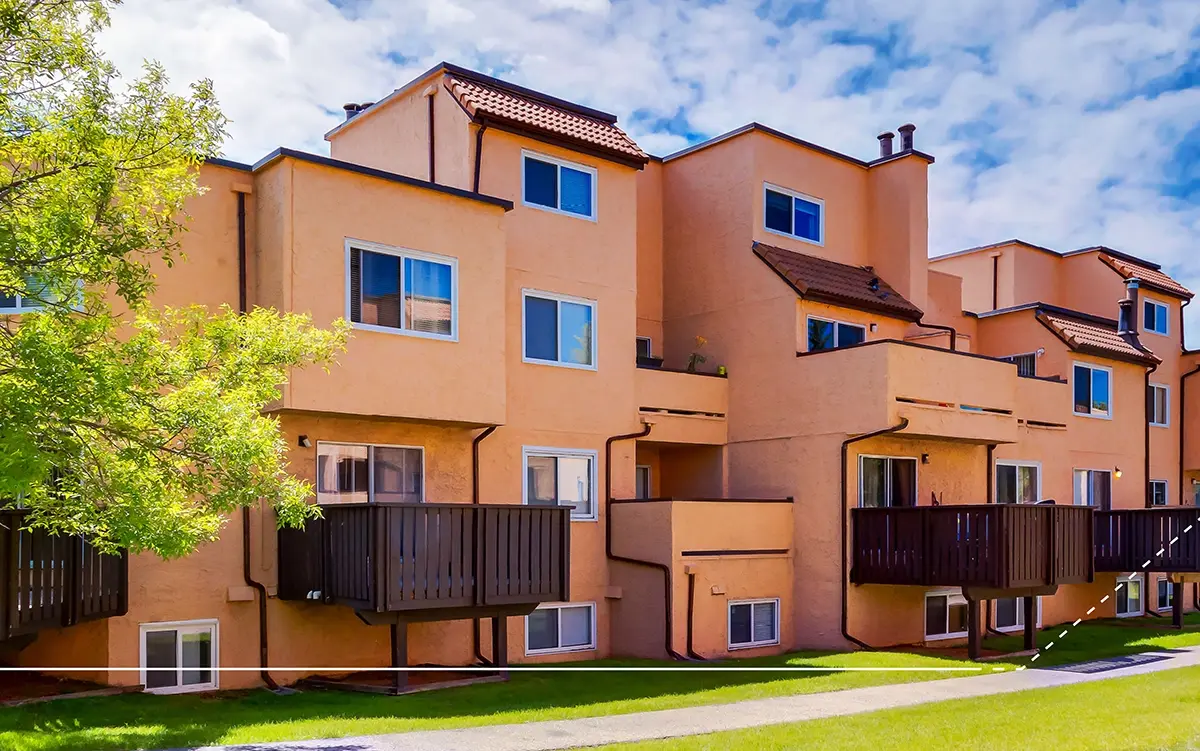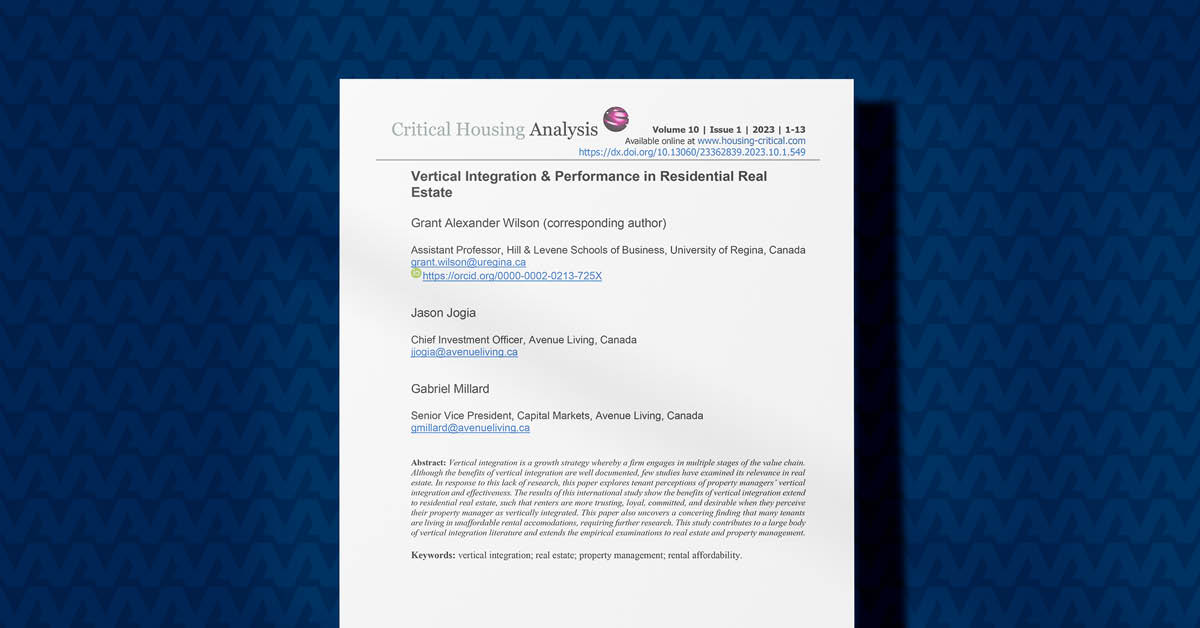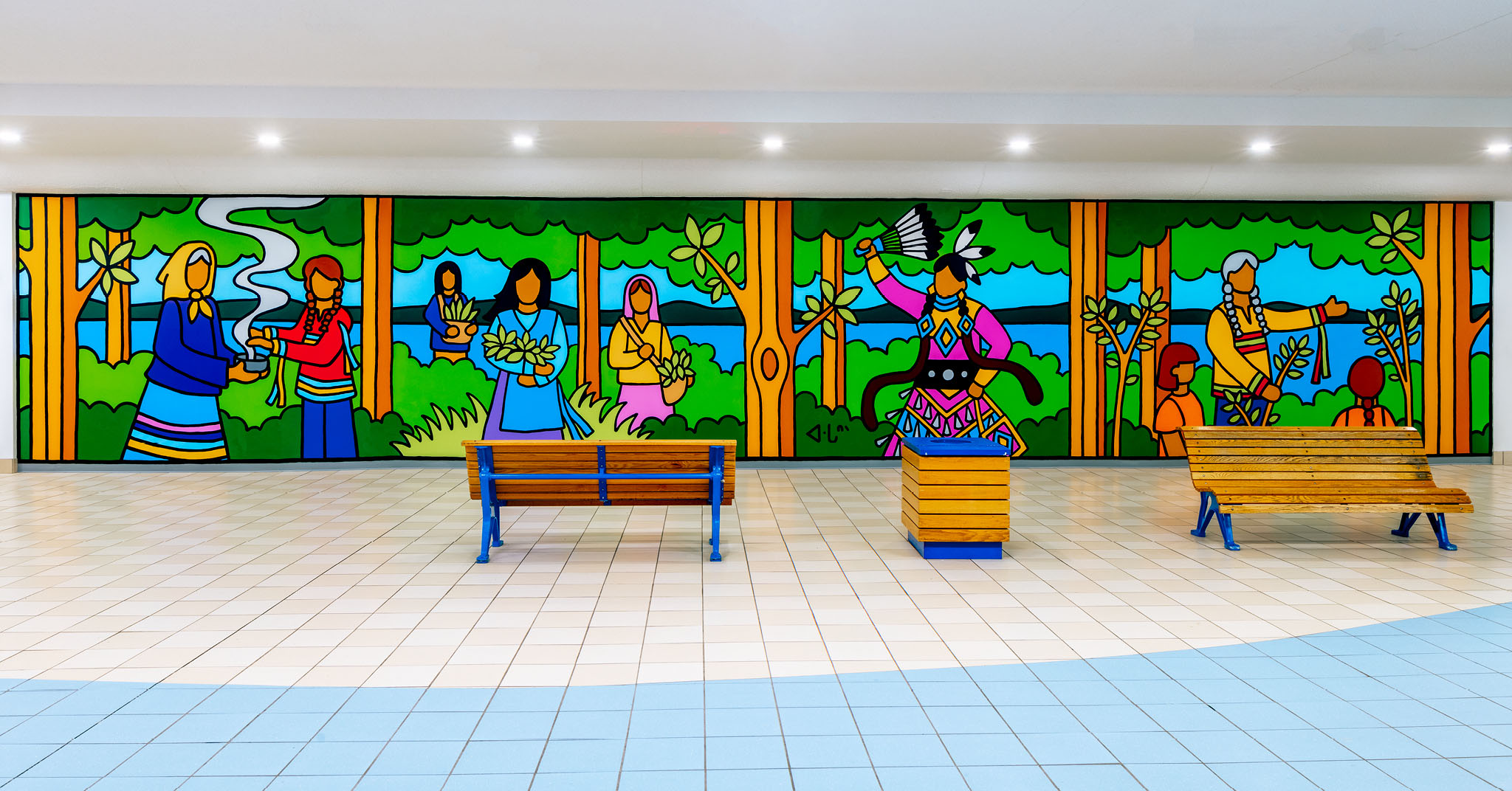Headquartered in Calgary, AB, Avenue Living is proud to own and operate approximately 3,800 multi-family units in the province’s largest city. In the last quarter of 2023, several acquisitions increased our total market share to an estimated 7.2% of the primary rental market and we closed on our largest acquisition in the city to date.
In 2024 and beyond, the Calgary market is expected to benefit from significant, positive international and interprovincial migration. We are excited to continue to grow our operations in the city by acquiring high-quality assets while remaining focused on providing homes for the workforce housing demographic.

Promising Market Demographics:
Calgary is Canada’s fourth-largest city and has experienced the most significant population growth in the country for the last 10 years. Between 2011 and 2022, the region sustained robust population growth of 23.9%, which strongly outpaced the national average of 11.10%. With a population of 1.6 million, the CMA region is expected to grow another 2.4% over the next four years, putting further pressure on supply constraints and exacerbating the need for high-density, multi-family homes.
Calgary is also one of the nation’s youngest cities, with a median age of 38.2, bringing innovation and energy to the community and priming it for long-term growth.
Industry & Employment
Previously, the Oil and Gas industry drove the job opportunities attracting new Calgarians. However, in recent years, the economy has become more diversified, supported by stable sectors such as technology, energy, agriculture, healthcare, education, transportation & logistics, aerospace, and government.
The tech sector grew 61% from 2017 to 2022, ranking Calgary second behind Vancouver for improvement in North America. Poised to become a major tech hub, these opportunities attract federal investment, and international and inter-provincial talent and exposure.
Some of the largest employers based in Calgary include WestJet, Shaw Communications, and the Canada Pacific Railway, offering prospective Calgarians a diverse range of employment opportunities.
The city is also home to several post-secondary education options, including three public universities — the University of Calgary, Mount Royal University, and the Alberta University of the Arts. Southern Alberta Institute of Technology is also an attractive option for students pursuing technical degrees. These post-secondary institutions employ several thousand Calgarians and are frequently ranked within Alberta’s top 100 employers.
Culture & Recreation
Calgary is Canada’s third most diverse major city, home to over 240 different ethnic origins, and there are 165 languages spoken here, lending to a rich and welcoming community.
The city is also known for its Western culture. Calgary hosts the “Greatest Outdoor Show on Earth” — the Calgary Stampede, which runs for 10 days every July. The festivities include live music, rodeos, carnival attractions and more, seeing an average attendance of 125,000 people a day from all over the world.
As the “Gateway to the Rockies,” the city is a central hub for outdoor enthusiasts, with globally acclaimed parks like Banff and Kananaskis being easily accessible. Tourists and locals alike can revel in having scenic hikes, lakes, and snow sports at their fingertips.
There are also plenty of opportunities to explore the outdoors within city limits. After Rouge National Urban Park in Toronto, Fish Creek Park is the second-largest urban park in Canada, where visitors can enjoy over 100 KM of pathways, picnic areas and opportunities to spot wildlife.
Overall, Calgary’s combination of economic opportunities, cultural attractions, outdoor recreation, and quality of life make it a desirable place to live and visit.
This commentary and the information contained herein are for educational and informational purposes only and do not constitute an offer to sell, or a solicitation of an offer to buy, any securities or related financial instruments. This article may contain forward-looking statements. Readers should refer to information contained on our website at https://avenuelivingam.wpenginepowered.com/forward-looking-statements for additional information regarding forward-looking statements and certain risks associated with them.






















